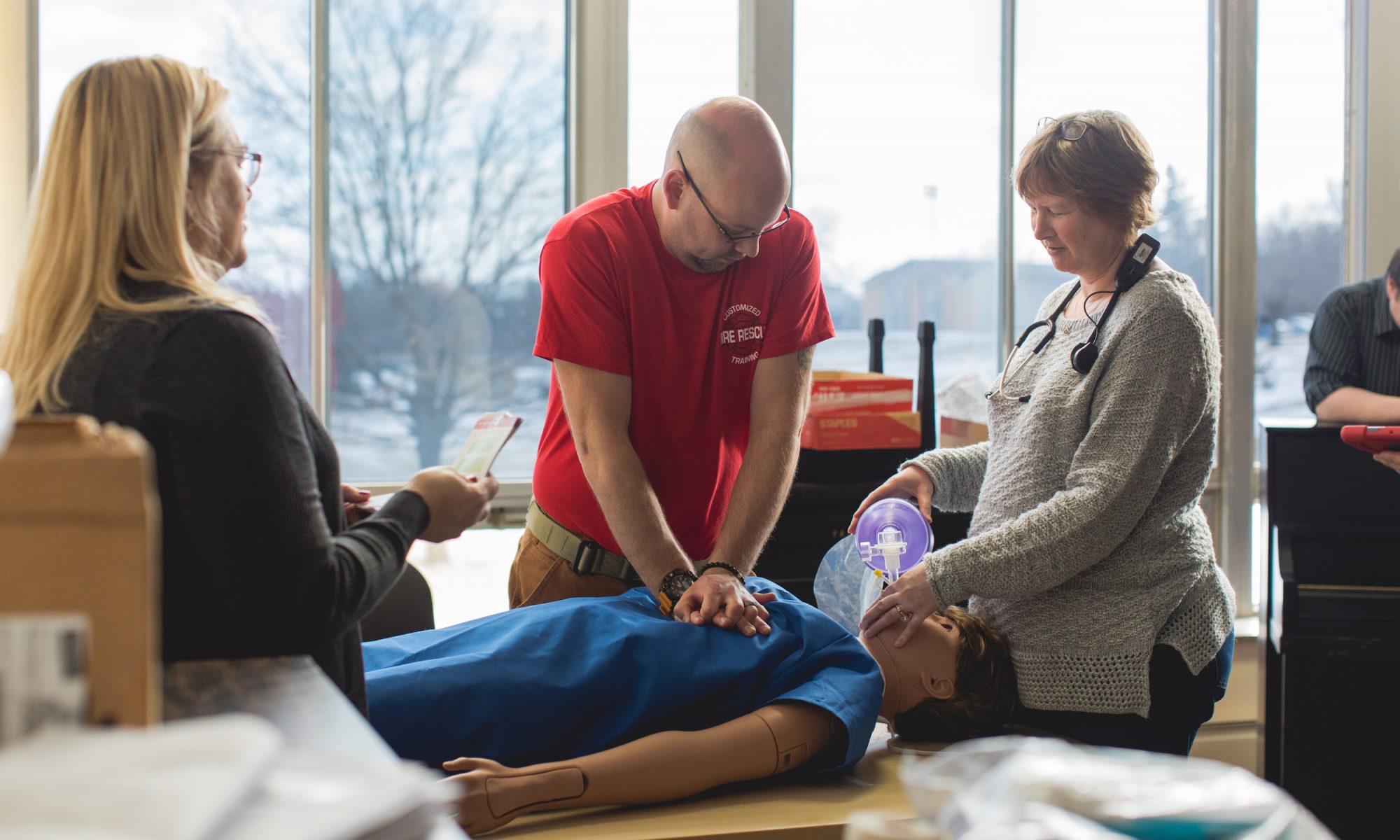Pediatric Emergency Assessment, Recognition, and Stabilization (PEARS)
During PEARS, students interact with real patient cases, and realistic simulations and animations to assess and stabilize pediatric patients experiencing respiratory and shock emergencies, and cardiopulmonary arrest. PEARS prepares students to provide appropriate lifesaving interventions within the initial minutes of response until a child can be transferred to an advanced life support provider.
Dear PEARS® Course Student:
Welcome to the Pediatric Emergency Assessment, Recognition, and Stabilization (PEARS) Provider Course.
Please plan to arrive on time, because it will be difficult for late students to catch up once we start. Students are expected to attend and participate in the entire course.
How to Get Ready
The PEARS Course is designed to teach you the lifesaving skills required to be a team member in either an in-hospital or an out-of-hospital setting. Because the PEARS Course covers extensive material in a short time, you will need to prepare for the course beforehand.
Precourse Requirements
You should prepare for the course by doing the following:
- Review the course agenda and note course activities where you might need to supplement your knowledge before attending the course.
- Be prepared to pass the Child CPR and AED Skills Testing Checklist and Infant CPR Skills Testing Checklist. You will not be taught how to do CPR or how to use an AED during the course. The resuscitation scenarios require that your BLS skills and knowledge are current. Review and understand all 2015 BLS guidelines, especially as they relate to pediatric patients. You may find this information in the BLS Provider Manual or in other publications based on the 2015 AHA Guidelines Update for Cardiopulmonary Resuscitation and Emergency Cardiovascular Care (see www.heart.org/cpr).
- Review and understand the information in your PEARS Provider Manual and on the Student Website. Pay particular attention to the systematic approach to pediatric assessment, the evaluate-identify-intervene sequence, and the management of respiratory and circulatory abnormalities.
- Be familiar with the PEARS algorithms and flowcharts so that you can apply them to clinical scenarios. Note that the PEARS Course does not present the details of each algorithm.
What This Course Does Not Cover
The PEARS Course does not teach CPR, PEARS pharmacology, or algorithms. If you are not proficient in CPR, it is unlikely that you can successfully complete the PEARS Course. You will not be taught how to read or interpret ECG rhythm strips in the course, nor will you be taught details about PEARS pharmacology.
You may refer to the 2015 PEARS Manual and Handbook of Emergency Cardiovascular Care for Healthcare Providers (ECC Handbook) (optional), and you may bring them to the course to use as a reference during some of the stations in the course.
What to Wear
Please wear loose, comfortable clothing to class. You will be practicing skills that require you to work on your hands and knees, and the course requires bending, standing, and lifting. If you have any physical conditions that might prevent you from engaging in these activities, please tell an instructor. The instructor may be able to adjust the equipment if you have back, knee, or hip problems.
We look forward to working with you. If you have any questions about the course, please call (Jeremy) at (952-446-4171).
Sincerely,
Your EMTI Team
Directions: Crown College 8700 College View Dr. St. Bonifacius, MN 55375 is located 1 mile south of Hwy 7 off of Co. Rd 92. When turning onto College View Dr. at the Crown College sign, follow the road into the main building taking the second possible right into the main parking lot. Enter the main building under the overhang drop off area. Let the receptionist know you are here for an EMTI class. They will direct you to room W 243 (there should also be signs guiding you along the way).
No classes are scheduled at this time.
Please contact us to discuss your current needs.
